How to supercharge B2B customer experiences in ecommerce
12 Jul, 2022 / 8 MIN read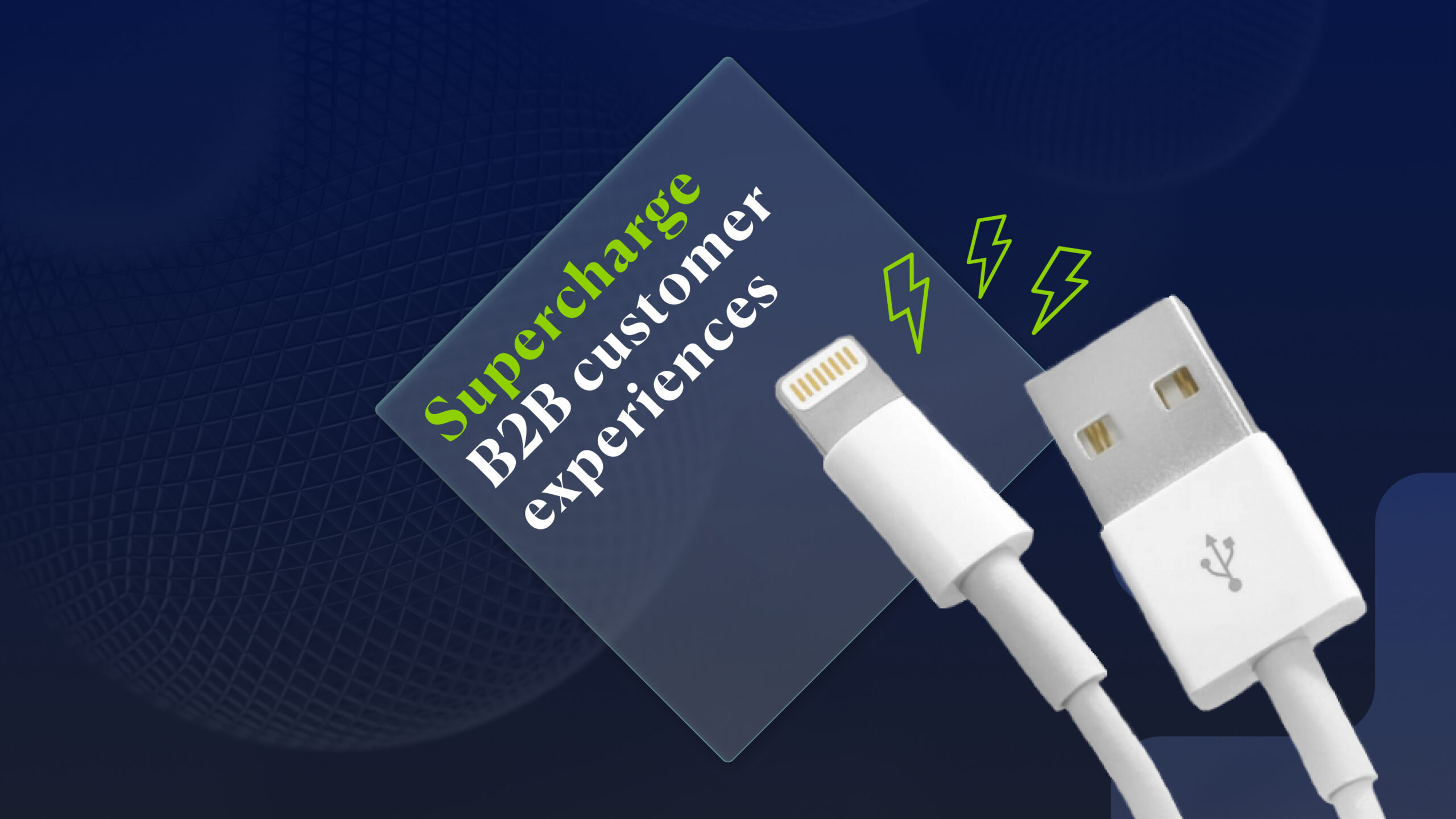
At the heart of every successful business is a positive experience, the same can be said for B2B ecommerce sites as well. While the overall feel of a B2B store has a slightly different goal than a B2C store, the overall feeling of positivity, simplicity, and efficiency should still be there. Afterall, these are your customers, and in some cases, they will be your customer for longer than some B2C relationships.
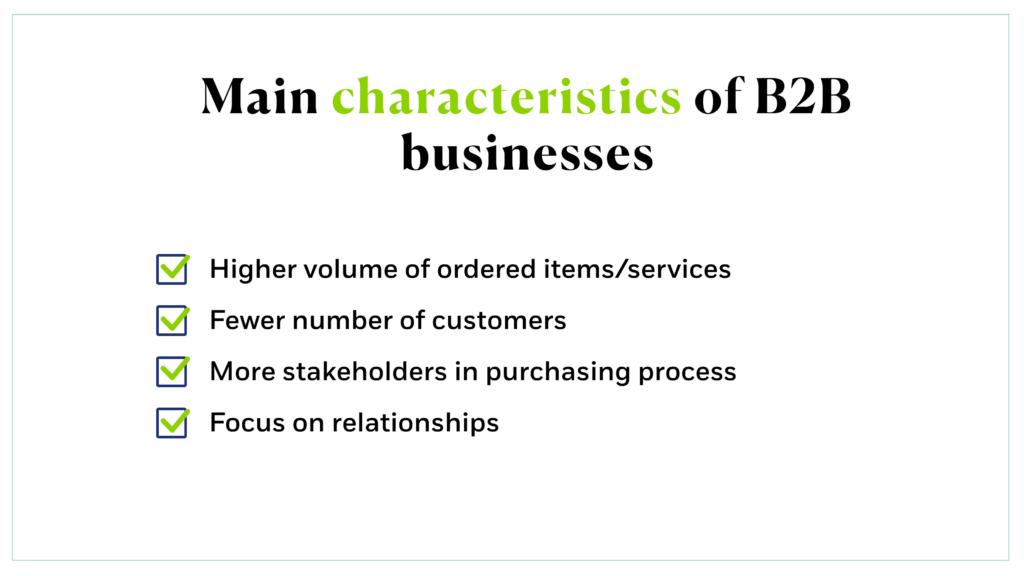
It’s one thing to build and launch a B2B store, but how do you make it truly great? What are some of the key factors for making sure your customers not only buy from you, but continue to buy from you again and again for years to come, and develop into a strategic customer?
Below we’ve defined 4 main areas where creating an easy and long lasting online B2B customer experience that will help supercharge your business.
1. Create an efficient and easy to use ordering system
The efficiency and ease of purchasing has an enormous impact on your customers. B2B customers often order products and services in different ways than B2C customers so making sure they can quickly and efficiently deal with your business is important. If this process is easy to follow and attractive for their needs, it works out better for everyone. How do we do that? A few ideas are:
Make reordering easy
Making previous orders available for viewing, filtering, tracking, and resubmission as new orders saves time and effort for those who already know what they want. Depending on the status of the order, allowing customers to print their orders, invoices, shipments, and refund records for easy tracking and record keeping is an added benefit for flexibility and timeliness.
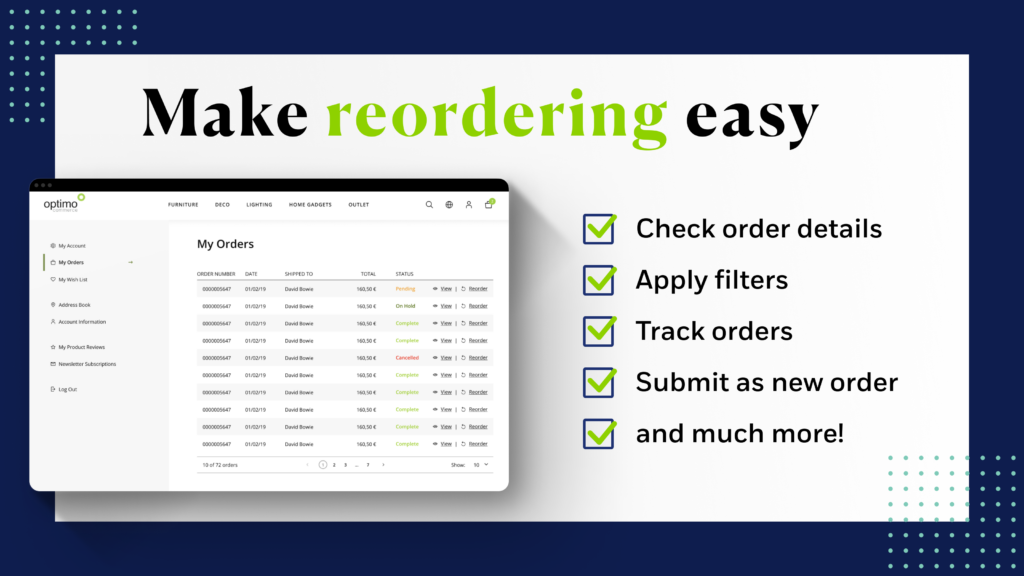
Enable a channel for quick ordering
An easy reordering channel reduces time spent in the order process to just a few clicks for those who know the product name or SKU of the products they want. Orders with multiple SKUs can be entered manually, or imported into the Quick Order form with a universal document like a .csv file.
Enable your customers to create customized quotes
Easily interacting with new and existing customers regarding best prices for products helps build the relationship. And allowing the option to make highly personalized purchasing offers can help grow sales revenue not only by understanding buyers’ demands, but also by increasing the reliability and understanding of the customer relationship. They’re more likely to come back to you, and order more, if you’re able to give them a custom offer in easy and accessible way.
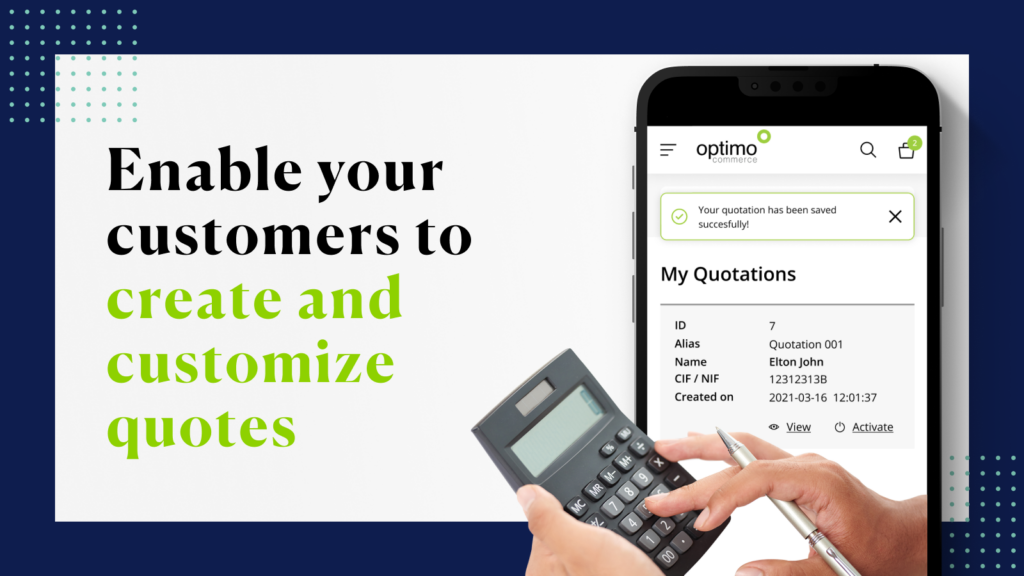
Provide team buyers the opportunity for self-service
Behind many companies, there are multiple employees and team members that might work and make purchases from your B2B ecommerce portal. So, it is essential to enable the admin with properly configured rights and permissions for every role necessary: what information the buyer/team member can see and manage, what information they have access to, etc.
Create shopping lists for recurring orders
Using a requisition list saves time when purchasing frequently-ordered products because items are added to the shopping cart directly from the list. Customers can maintain multiple lists that focus on products from different vendors, buyers, teams, campaigns, or anything else that streamlines their workflow, and saves time.
Leverage credit limit management
Making billing and credit information easily accessible sets a clear indicator for the customer of what is owed, or what they’re able to spend in a given moment. Showing things like outstanding balance, available credit, and the credit limit that remains on their account sets the expectation for what is to come next in their purchasing (or paying) journey.
Give your sales team an effective tool to manage their customer
Each sales or customer support member needs to have full visibility over their customers to manage that relationship. Everything from checking their account evolution and order history, to contacts and payments. The sales representatives should be assigned as the point of contact for their customers and receive all automated email messages to be able to provide the best service possible.
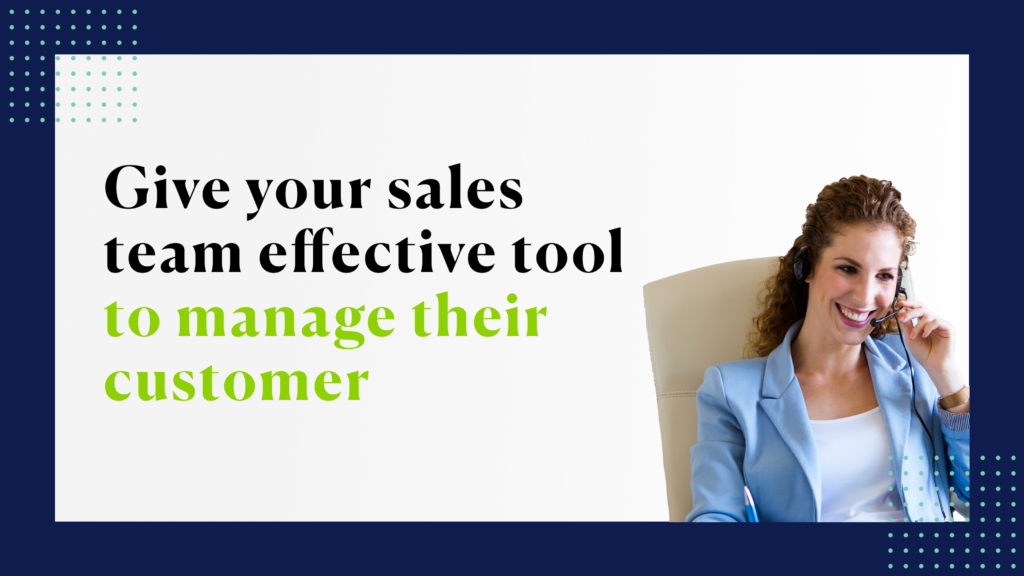
Ease the lives of your administrators
The administrator can also benefit from the B2B platform, as new user registrations can be managed through the web, validating the documentation online, and setting rights and roles according to the access they should have.
2. Treat UX with extreme care and dedication
The B2B business model is characterized by offering a more complex product than the usual consumer system. Therefore, the team designing the user experience must fully understand the product or service for the end user, and conduct a thorough study of their needs to ensure the website conveys the information clearly and concisely to them, and deem the platform successful.
It is not uncommon to hear users complain about the poor usability of B2B platforms. And, to a certain point it’s true.
The more complex the scenario, the more emphasis should be placed on optimizing the user experience, as it should help them easily navigate through the web and perform more advanced tasks and research more specialized products.
The interface should especially respect basic usability principles for learning, memorization, error prevention and recovery, efficiency, and satisfaction, reinforcing brand awareness through design, and building long-term relationships.
To achieve all of this, here are a few points that should be taken into consideration:
Clearly define your value proposition
Users must immediately understand what the value proposition is and why it is beneficial for them to invest in your particular company and not another.
For this we must prioritize the clarity of the message and include our proposal “above the fold”, without using buzzwords or elaborate industrial jargon: we must think that (even if it is specialized) the website will be seen by all types of profiles.

It is also necessary to make efficient use of white space so that visitors can focus on the content and clearly read the call to action. This means making appropriate use of the visual hierarchy, prioritizing the content so that the user can quickly scan the page to find the essential information they need for their business.
Focus on simplicity
Our main goal should be for the user to have an intuitive experience, without any friction or distraction. We must do everything possible to minimize the steps that the user needs to complete the tasks, whether it is filling out a form, completing the purchase process, or finding their products. The information architecture must be correctly defined and have an optimized search engine, while keeping the navigation fixed at the top of the screen when scrolling.
Optimize for mobile
Although in most cases a B2B order is not completed through a mobile device, many times the search can be started through this device, so it is very important to have the website optimized for all devices, avoiding increasing your bounce rate. It’s also common for B2B stakeholders to check on the status of, or follow up on certain orders via a mobile device, once they’ve been placed.
Include social proof
Word of mouth is the best advertising, especially in the B2B sector. When making a decision about purchasing the product, people tend to view references, testimonials, and other signs of trust from previous customers as positive factors. It then makes sense to incorporate these social proofs and testimonials in your marketing and in your pitch to customers as it helps increase conversions and establish trust.
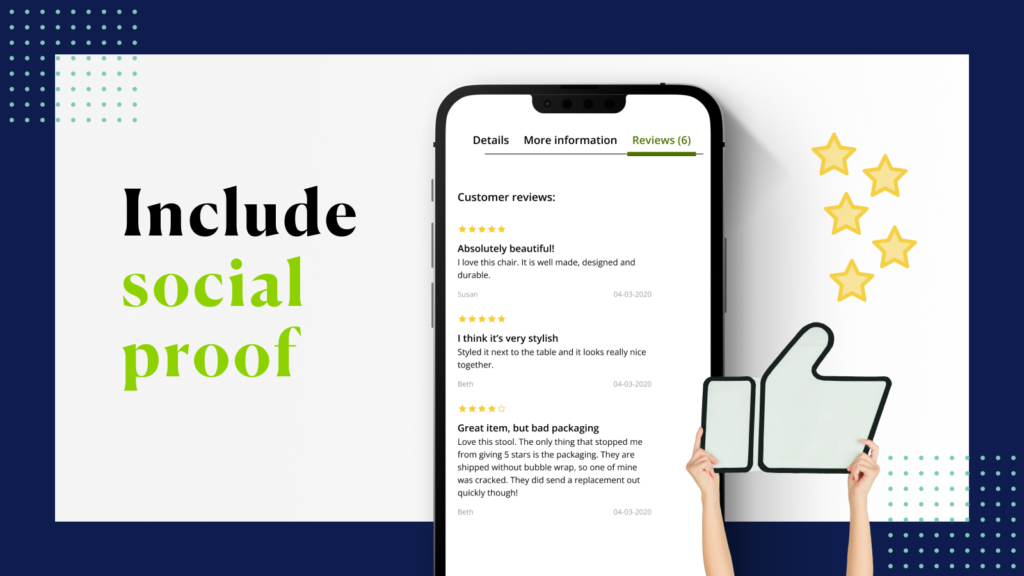
Design with consistency
The user must perceive the website as highly professional within the first few seconds of interaction and visual perception. And since these first impressions are so important, we have to think that the space must reinforce the brand image and the company’s policy through visual coherence between the different elements of the interface. In this way, the design makes the brand more recognizable, and the experience memorable and robust, instilling confidence in the brand and ultimately leading them to make a purchasing decision.
Make information on your products clear and comprehensive
If you are selling products with certain levels of customization, introducing a configurable product type will be advantageous as it allows B2B buyers to acquire the perfectly customized products they really need, and visualize the product to see how it fits their needs.
Include contacts
Be sure to add clear and reliable contact details and support links to a visible area on the website. This provides a sense of support and ease of contact access for users to contact you if they have technical problems or questions about the purchasing process. Making sure they feel supported is a huge bonus, even if they never actually need it.
3. Invest in integrations with your other business systems
Integrating your ecommerce store with systems like ERP, PIM, marketing automation tools, as well as various payment and shipping solutions will surely provide a better customer experience overall. Customers will receive accurate information about products, in stock availability, order status, and be able to use preferred payment and shipping options.
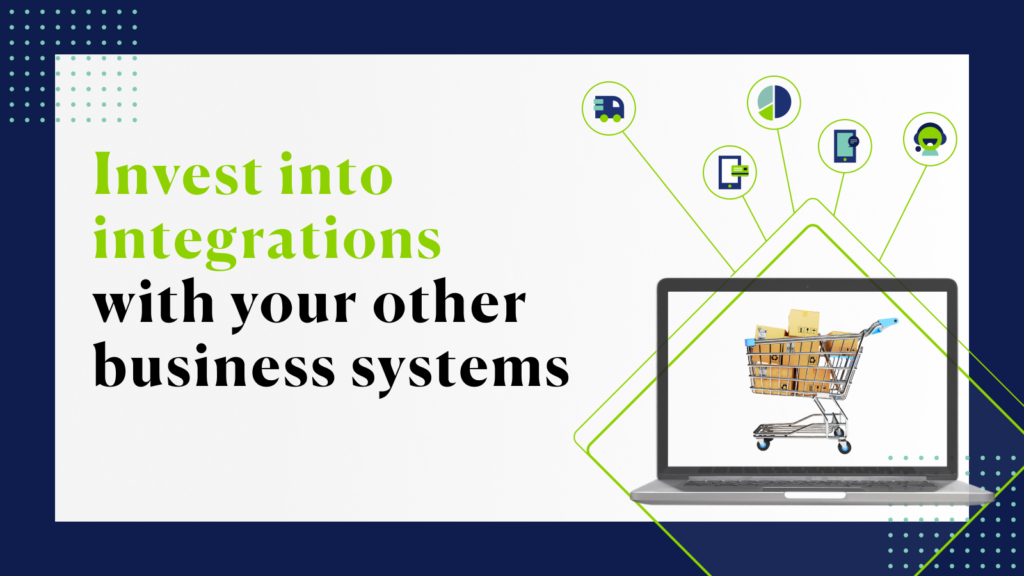
All existing ecommerce platforms have APIs, so you can benefit from tying up your store with other 3rd party solutions. As a rule, there is a ready extension or a connector for quick and smooth integration for most popular solutions. But if you are using some kind of custom business-specific software, the integration is doable too, the journey might be a bit longer though.
At Interactiv4, we have developed our own framework to handle integrations in more efficient ways to shorten the development process. So if you need a hand, reach out for a consultation.
4. Offer personalized experiences
B2B customers who historically experienced enhanced personalization due to the nature of the business will definitely appreciate personalized approaches in ecommerce. The figures are impressive: 80% of companies see a boost in sales after implementing personalization according to Econsultancy’s research.
Amazon and other ecommerce giants set the bar high when it comes to customers’ expectations. And while not every business has the luxury of having a dedicated R&D department to work on this kind of innovation, you can start by exploring the vast number of pre-existing solutions on the market.
For example, Adobe Commerce and Salesforce Commerce have built-in AI-powered personalization features that deliver more accurate search results based on previous purchase history.
But if you are looking for something other than that, there are other personalization solutions based on AI and machine learning technologies that can help you deliver on this goal.
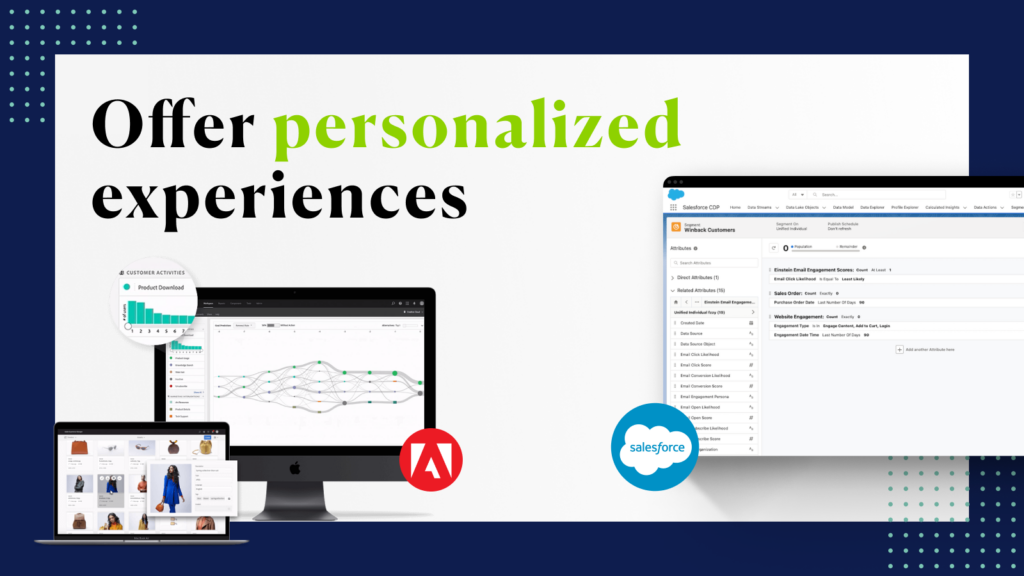
We’ve covered 4 aspects that will allow you to supercharge B2B experience in ecommerce: efficient ordering process, highly-intuitive and reliable UX rules, API and 3rd party integrations, and levels of personalization and customization.
If you are about to start your ecommerce journey towards improving the experiences of your customers, reach out to us, we’d be happy to share more helpful tips and recommendations on how to help your B2B ecommerce business grow.






















